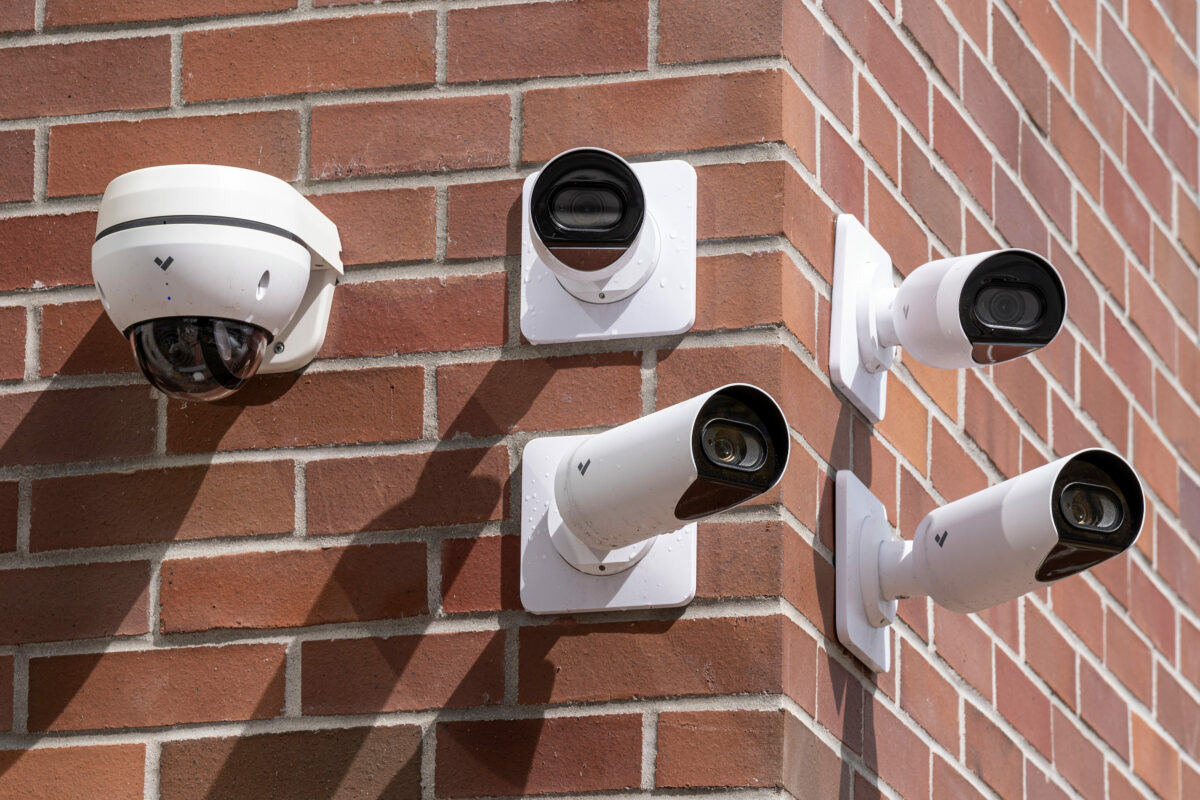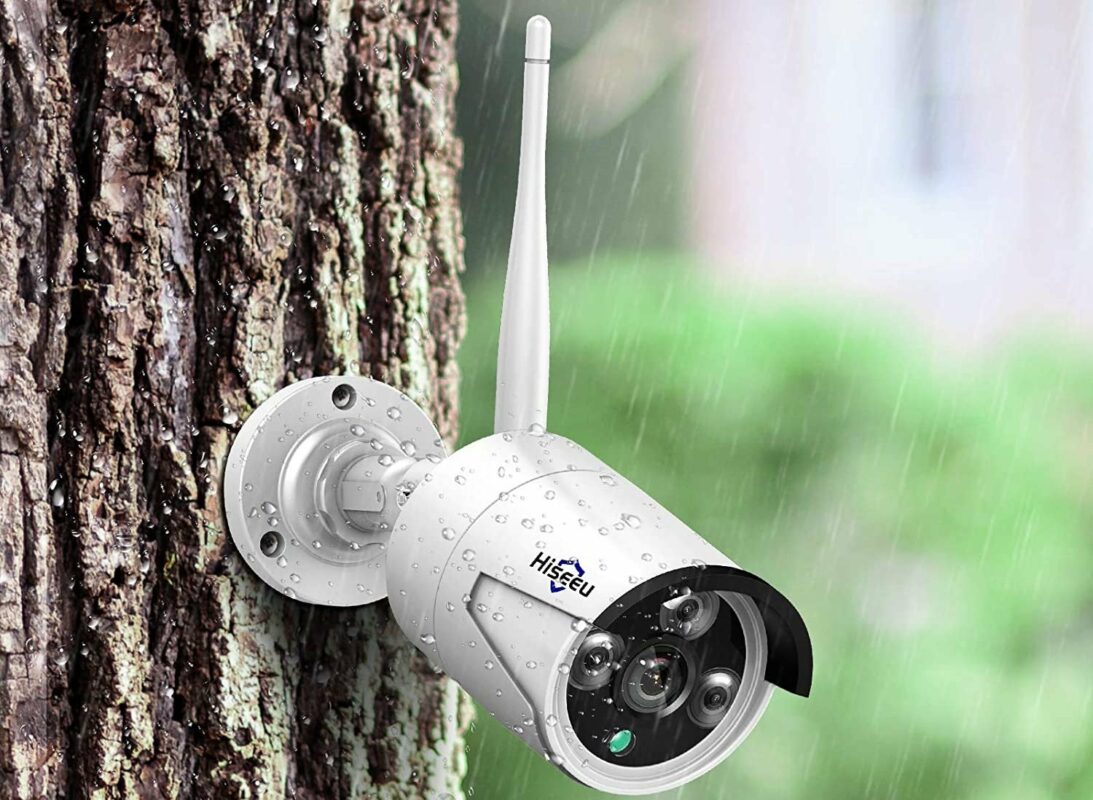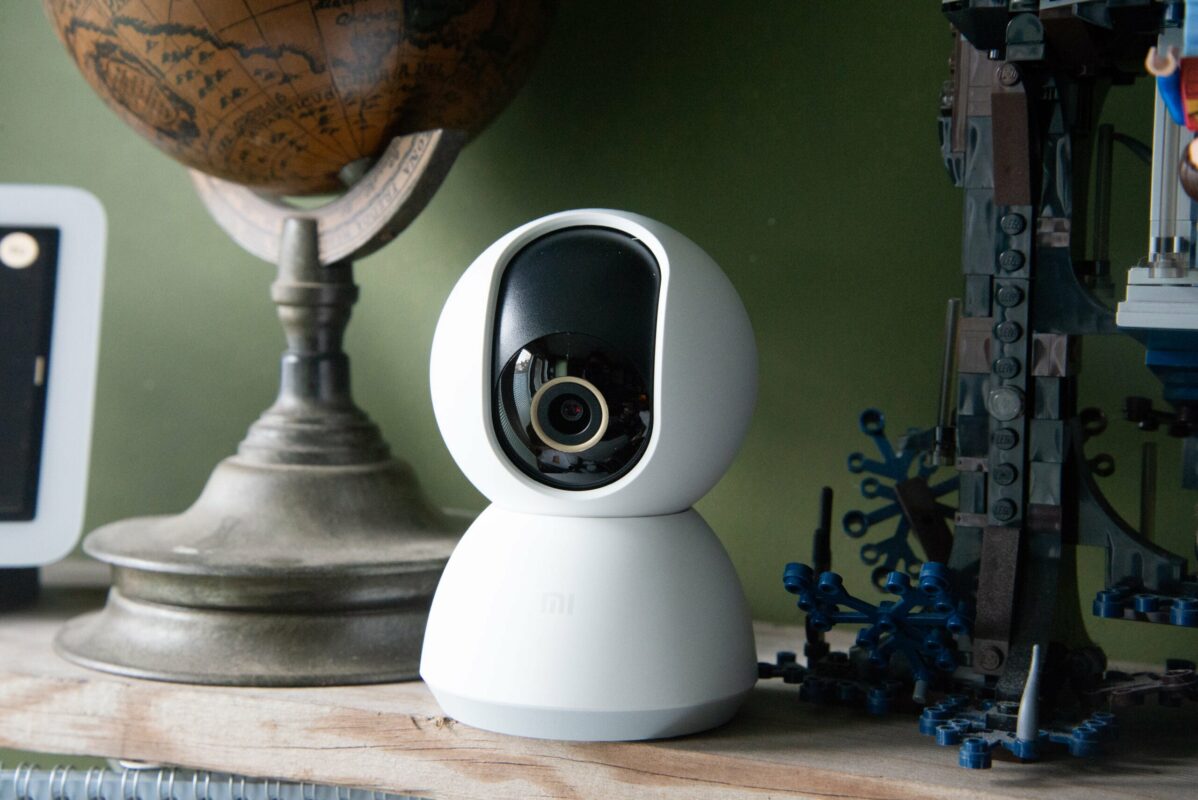Advantages and disadvantages of IP cameras with recording in the Cloud
In recent years, the main manufacturers of home IP cameras have incorporated the functionality of recording everything that happens and storing it in the manufacturer’s own cloud that we are using, automatically uploading video clips when it detects movement and/or sound. This will allow us to always have all the recordings available in the cloud, however, this recording in the Cloud has its advantages but also its drawbacks. Today we are going to explain all the strengths and weaknesses of recording in the cloud, so you can decide if it is worth having a home IP camera with this option or not.
Cloud recording strengths
The possibility of recording in the cloud or Cloud everything that is happening is something quite interesting, because it allows us to access the manufacturer’s cloud from anywhere, without the need to connect remotely to the camera, use VPN services, or even access an NVR device that we have, either installed individually or through a NAS server that has software that supports the NVR functions.
Next, we are going to show you all the strengths of home IP camera cloud recording.
Anywhere access to recordings
When a home IP camera uploads video clips to the cloud, that means that they will be available to all users of the manufacturer’s application or cloud service, of course, only those who have permission to do so will access these recordings. Just by having an Internet connection, we will have access to all the recordings, and also to a history of all the recordings that the camera has made in the last hours, days, and even weeks. Depending on the characteristics of the manufacturer’s cloud, we may have more or less history.
For the IP camera to be able to upload everything to the manufacturer’s cloud, it is absolutely essential to have an Internet connection, if you have a network where the video surveillance does not have access to the Internet, this feature will not work for you, because it is essential that the cameras have access with your Cloud. There are IP cameras that allow local and remote access through the Cloud, but the vast majority of cameras always use the Cloud even if you are on the same local network.
theft protection
If we have a Cloud IP camera installed in our house and they break into it, it is most likely that they will also take the video surveillance camera or at least the micro SD card for local storage. In these situations, the IP camera will not have been of any use to us, we will only receive a notification indicating that movement has been detected, but we will not see any video clip or anything else at all.
For this reason, by having an automatic recording in the cloud, it does not matter if they take the camera because the video clip will have already been uploaded to the manufacturer’s Cloud, so there is no local storage to steal. Thanks to these recordings, we will be able to know everything that has happened in our home.
In the event that there is a fire or natural disaster, the Cloud also plays in our favor because we will be able to see everything that has happened in our home, and we will be able to see what has happened in detail. If we only had local storage, surely that IP camera will have been so damaged that we will not be able to see absolutely anything that it had recorded.
Security of recorded clips
Local recording to a micro SD card does not come with any guarantee of privacy and security. If we store the video clips on the micro SD card, anyone could view these clips by removing the micro SD card, they just need to have physical access to the camera, so they could spy on us and we will risk our privacy and security.
If we upload these videos to the manufacturer’s Cloud they will be safe from prying eyes, all the videos in the cloud are stored encrypted, and we can only access them through the manufacturer’s service and by logging in with our user credentials. In this way, all the recordings will be protected with user credentials to access them, not as in local storage this is not possible.
You don’t need a NAS or NVR
If you want to store video clips or all IP camera recordings, you need a dedicated NAS or NVR. This has a fairly significant additional cost because a NAS server is around €400 with hard drives included, although an NVR is cheaper but can only perform the functions of an NVR, and not many others, as is the case with NAS. In the event that you want to store the recordings locally, we recommend using a NAS server that has software dedicated exclusively to video surveillance.
By having recording in the cloud, we do not need to store the recordings on a NAS or NVR, because what is important is already uploaded to the cloud, so we save both the purchase of equipment as well as maintenance and electricity costs. A very important detail is that some Cloud IP cameras when we are controlling them with an NVR or a NAS, do not allow access to them through the Cloud, so we will not have recording either.
Ease of installation and configuration
When we buy a Cloud IP camera, all we have to do is install it by following the application’s step-by-step configuration wizard, and then activate the manufacturer’s cloud recording. Everything is very easy to do and does not have any kind of complexity. If you decide to install a micro SD card locally, the process is also very simple but it has the drawbacks that we have discussed above.
However, if you decide to store the recordings in your own Cloud (private cloud) either in a NAS or in an NVR, you will need the necessary knowledge to correctly configure the recording server and also the communication with the IP camera, so it is clearly more complicated than simply activating the cloud recording function of the different manufacturers, which is suitable for anyone.
Cloud Disadvantages
Although using cloud storage has many strengths, not everything is as nice as it seems, it also has its weaknesses that we must take into account before buying a video surveillance IP camera with this functionality.
Internet connection always
The first drawback is obvious, for cloud recording to work it is absolutely necessary to always have an Internet connection. All IP cameras are generally connected via WiFi in the 2.4GHz band, so we have to have a good router capable of providing great WiFi coverage and speed in this frequency band. There are camera models that also support the 5GHz band, ideal for uploading recorded videos quickly and without interference, and there are even more advanced models that have Ethernet connectivity so you don’t have to use WiFi.
Regardless of the form of connection, it is necessary to have a good Internet bandwidth so that the videos are uploaded at the maximum possible speed, and that we have a stable Internet connection, otherwise, the videos could be uploaded corrupted, for so we couldn’t see them properly. It is also very important to equip our router and IP camera with a UPS so that if a thief enters the house and accesses the electrical panel, we do not run out of power in these two important devices.
Video clips out of our control
If the video clips are stored on a micro SD card, on a locally managed NAS server where we have installed video surveillance software, and even an NVR device, all the videos and video clips are under our control because we have them physically with us.
In the case of uploading the videos to the cloud, we lose this control because they will be on the manufacturer’s servers. If you don’t trust manufacturers too much to store your video clips, then cloud recording is not for you. Another negative aspect is that if there is a security problem in their systems, our video clips could be compromised if they are not correctly encrypted or encrypted, so it is something that we must keep in mind if we are going to use cloud recording.
Pay to use the cloud
Some IP camera manufacturers such as D-Link initially provided cloud recording completely free of charge, but with limitations compared to premium modes. Most manufacturers that provide a recording in the cloud do so under a monthly or annual subscription, depending on the manufacturer we will have a period of one month or one year (such as D-Link) to test the service, but finally, we will always have to pay to use this functionality.
Is recording in the Cloud worth it for our camera? In our opinion we believe so, there are manufacturers like D-Link that have a subscription at the account level, so we can add from 3 to 10 cameras to the cloud recording, however, other manufacturers like EZVIZ have a subscription at the level camera, so it is more expensive. Depending on the manufacturer we will have some rates or others, and we must pay close attention to long-term prices.
Conclusions
As you have seen, recording in the cloud is not always good, you should think about whether it is really worth it or not, assessing both the strengths and weaknesses of this interesting functionality that most home IP Cloud cameras incorporate. In our opinion, we believe that it is worth it in most home scenarios, because it is very easy to configure and works really well.
In the event that you are a more advanced user, it is possible that you have already set up your own video surveillance system with a NAS server that automatically replicates the video clips to a cloud storage such as Google Drive or Dropbox. NAS servers such as those from QNAP have QVR Pro/QVR Elite that allow us to view everything that happens with the camera in real time, in addition, it also allows us to store continuous or event-triggered recording. Thanks to this system, you can remotely access the cameras using the apps for smartphones and tablets. In these cases, recording in the cloud is not for you, because you already have the entire system set up and it will not be worth uploading the video clips to the manufacturer’s servers, and also paying for this service.












